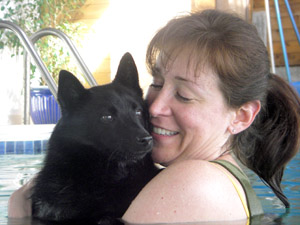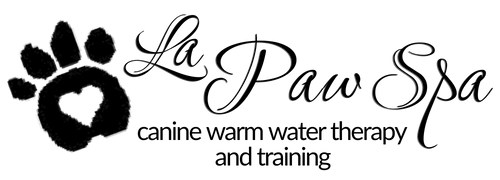Fascia is the one single that that connects us… it’s the wrapping in the body that surrounds every single muscle, bone, organ… every little thing in the body is surrounded by and connected by fascia. If someone were to remove every bone, muscle, and organ from your body – you would still be recognizable to your friends by your fascia network! Now wouldn’t THAT be spooky!!!
Structural Integration leader John Latz says: “This matrix (called fascia) connects, or binds together, the body’s organs and systems, and at the same time provides compartmentalization between them. The fascia is a continuous elastic sheath that provides structural support for the skeleton and soft tissues (i.e., muscles, tendons and organs). As it surrounds the muscles, it is referred to as the fascial envelope.”
Fascia is referred to as a ‘connective tissue’ and has been called “the organ of posture” by Dr. Ida P. Rolf who developed the structural work we call ‘Rolfing’ – which is a modality rooted in the fascial network.
With this kind of bodywork, all things are connected and so all things are affected. I have developed my own techniques with dogs and in warm waters with this work. The results have often been quite profound.
When a body has been injured, the fascia will tighten, stiffen and even turn into scar tissue in its effort to bring stability to the body. When the injury has healed, this fascia often remains hardened and this is where the warm water work and release work can be so profound. Since everything is connected in the fascial network, often a tightness in the right shoulder will cause a tightness in the left hip and so on … this is why this work is so important and can be so profound.
I have been a Certified SOMA Neuromuscular Integration® Practitioner for 4 years and I can honestly tell you that this work has changed my life. The concept of releasing and allowing is now ingrained in my every cell and has changed the way I live life, perceive change, how I handle my classes and therapy and even my relationships.
As Karen Bolesky – founder of the SOMA Institute – says so well – “As the body rebalances itself in gravity, becoming more efficient in function and healthier with greater resistance to disease and injury, the body notices more coordination and grace in movement. The result is a body that can process experiences more effectively, with greater awareness, which leads to enhanced learning and perceptual abilities.
“Life is change and change is movement, movement in our bodies, our feelings, our thoughts, our inspirations. It is the loss of our ability to move and change our bodies, as well as our thinking processes, that continually diminishes our ability to fully experience life. With this work, we are not working toward the evolution of “perfect” by replacing old patterns with new “right ones,” but rather towards a less predictable, more authentic individual who has the option to respond in new and creative ways to their environment.”
Truly a Wonderful World
Now we know that fascia: a connective tissue in the body that supports, can also restrict movement. In school we used to take photographs of the humans we worked on and noted how they changed in just one hour of fascia release work. We had them stand in front of grids on the wall so we could measure the changes. The recipients of this work would usually comment on how their clothes fit differently after their session.
I have been doing fascia release work with dogs now for a few years and yet I have never had a measurement to show the profound change – until I met Biz.

Biz arrived in his handsome purple harness fitting rather tightly – rolling in like a fuzzy soccer ball. He wasn’t over weight – it was just as if he was holding his breath. He tipped from side to side as he walked, instead of flowing diagonally through his body from front to back. His ‘mom’ talked about how he’s had a hard time moving – as if he was an old dog – and that she’d taken him to many veterinarians, but didn’t have any real diagnosis.
When I picked him up, I immediately noticed how tight his skin felt – almost like it was glued to his body. I took him into the warm 94 degree waters of the pool and started to do some massage work – lightly releasing the fascia network. I could feel Biz relaxing more and more in the warmth of the water as I held him. I worked between each rib and around each joint – on both sides of the neck and behind the ears.
What is so cool about fascia – is that the body is always perfect as it seeks to balance itself. This fascia will turn into scar tissue in areas where the body needs to be more protected, it will turn into adhesions where the body feels it needs more support or stability. It is always perfect. What sometimes isn’t so perfect is that after an injury has healed or the reason for the body needing stability has lifted, the fascia network often will remain in its tightened state, hence the importance of the release work.
So back to Biz. I didn’t know why his body was so tight – I trusted that his body knew what it was doing and so I respectfully worked with the body to relax and release. I like to think of it as giving the body the opportunity to change, if that is what is best for the body at that time.
When we got out of that session, we went to put his purple harness back on … and it practically fell off of his body. His person and I just stared at each other in astonishment. I had never before seen such an obvious and objective measure of change in the body as the way this harness fit before and after just an hour of fascia release work.
Biz walked out gracefully like a changed guy and came in weekly for a while to assure his new found mobility.
To read more about Biz’s experience from his Mother’s perspective read this client testimonial: Biz and Hope.
